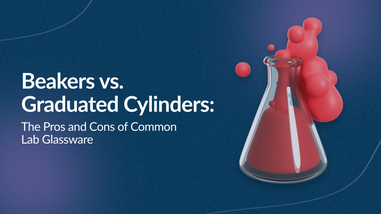- No products in the cart.
You're looking at chem lab supplies stores to find the best hot plate and stirrer for your lab. While you can select an effective hotplate based on one or two criteria, getting the best match for what you need is important. Use these five factors to help you select the best hot plate and stirrer for you.

1. Accuracy and Stability: When the control temperature and stirring speed is crucial, choosing a digital heating and stirring equipment with electronic feedback controls for the greatest accuracy and stability.
2. Range and Uniformity: The top plate can be made out of porcelain, aluminum, or ceramic, and the material can contribute to the range and uniformity of the hot plate/ The type of temperature control also contributes to this. Typically, operating temperatures for hot plates vary from 100 degrees Celsius to 750 degrees Celsius and power requirements are usually in the 120 V to 480 V range. Plus, most hot plates can withstand load more than 150 pounds.
3. Volume: Hotplates, sitters, and stirring hot plates come in various sizes and configurations. These include small, single-vessel units to large-capacity, multi-unit plates.
4. Viscosity: The ability of the drive magnet and the stir bar combination to effectively stir a solution depends on the drive magnet's shape and size, and stir bar's shape and size, the distance between the stir bar and the drive magnet, the size and size of the vessel, the desired stir speed, and the viscosity of your solution. Stirring more viscous solutions requires a unit with greater magnetic coupling strength.
5. Hazardous Environment: Finally, organic solvents and chemical mixtures can create hazards in your lab. Standard heating and stirring equipment can ignite fumes at medium to high temperatures. You can reduce your risk by using explosion-proof chem lab supplies.
Note: If you're looking for chemistry lab supplies, like hot plates, you want to make sure you're choosing the best ones for your lab. Take into consideration things like the accuracy, stability, range, uniformity, volume, viscosity, and dangerous environments when buying equipment like this.












































